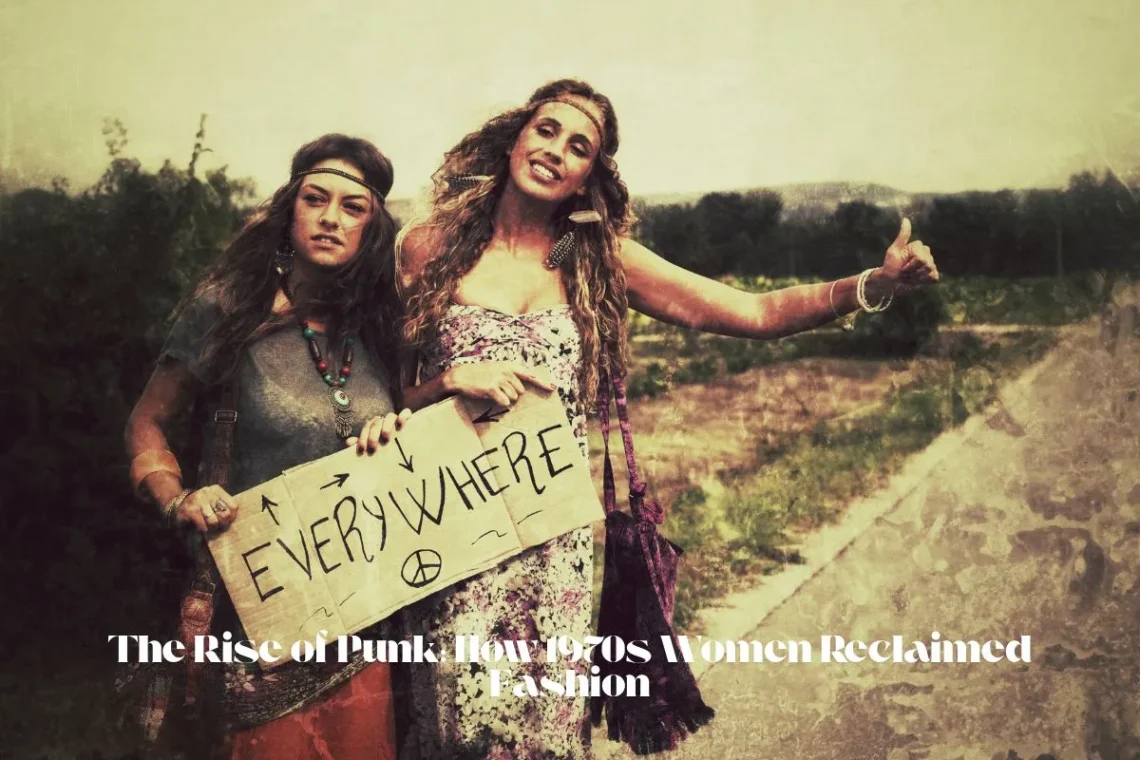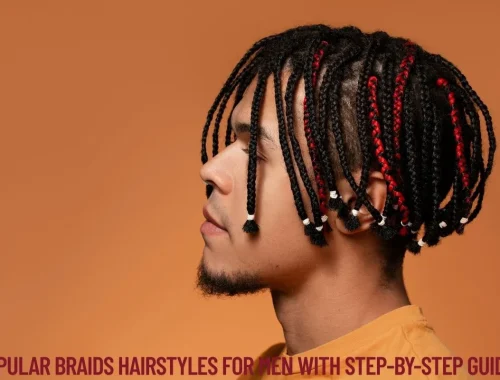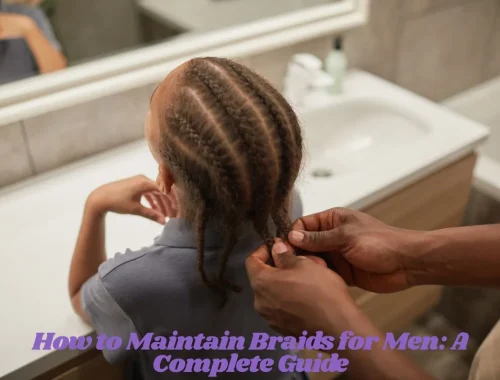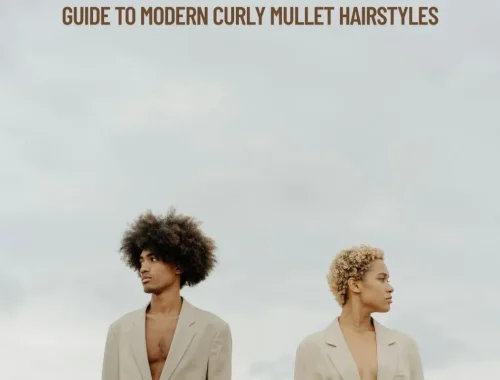
The Rise of Punk: How 1970s Women Reclaimed Fashion
The 1970s punk fashion movement was more than just ripped clothing and safety pins—it was a rebellion against societal norms, a middle finger to the mainstream, and, most importantly, a radical reclamation of self-expression for women. At a time when fashion was dominated by polished glamour and rigid gender roles, female punk fashion history saw women tearing up the rulebook, both literally and figuratively.
From DIY punk fashion 70s aesthetics to Vivienne Westwood punk designs, women played a crucial role in shaping punk’s visual language. This article explores how women in the punk movement used clothing as a weapon, blending anti-fashion punk rebellion with feminist defiance to create an enduring legacy.
Table of Contents
Toggle1. The Birth of Punk: A Fashion Revolution
The punk style 1970s women embraced was born from frustration—economic instability, political disillusionment, and a rejection of disco-era excess. While male punk musicians often dominated the scene, women were the driving force behind its subversive fashion trends.
Key elements of 1970s punk clothing trends included:
-
Leather jackets punk enthusiasts customized with paint, studs, and patches.
-
Tartan punk looks, popularized by designers like Vivienne Westwood.
-
Safety pin style, transforming everyday objects into political statements.
-
Androgynous punk style, blurring gender lines with ripped jeans and combat boots.
This underground music fashion was raw, aggressive, and intentionally ugly—an anarchy fashion statement against consumerist culture.
2. Women Leading the Punk Aesthetic Rebellion
While male punks like the Sex Pistols grabbed headlines, women like Vivienne Westwood and punk musicians such as Patti Smith and Siouxsie Sioux defined the punk aesthetic rebellion.
Vivienne Westwood: The Architect of Punk Fashion
Westwood’s London boutique, SEX, became the epicenter of punk feminist expression. Her designs—featuring grunge punk roots with bondage straps, provocative slogans, and deconstructed silhouettes—challenged traditional femininity.
Punk Icons: Siouxsie Sioux, Patti Smith, and The Slits
-
Siouxsie Sioux (of Siouxsie and the Banshees) blended vintage punk revival with gothic influences, wearing fishnets, smeared makeup, and spiked accessories.
-
Patti Smith embodied androgynous punk style with oversized blazers and unkempt hair, rejecting glamour for intellectual grit.
-
The Slits mixed DIY clothing rebellion with reggae influences, sporting torn skirts and barefoot performances.
These women proved punk wasn’t just about music—it was a riot grrrl fashion origin before the term even existed.
3. DIY Punk Fashion: Rejecting Consumerism
A core ethos of 1970s punk fashion women was the rejection of mass-produced clothing. Instead, they embraced:
-
DIY punk fashion 70s: Hand-ripped shirts, custom-painted jackets, and homemade patches.
-
Anti-fashion punk movement: Wearing trash bags, held together with safety pin style embellishments.
-
Punk hairstyles 1970s women: Mohawks, shaved sections, and neon dyes—styles that defied workplace norms.
This DIY clothing rebellion wasn’t just about style—it was a political act, proving fashion could be a tool of resistance.
4. The Legacy: Punk’s Influence on Modern Fashion
The punk feminist expression of the 1970s laid the groundwork for future movements like riot grrrl fashion origins in the 1990s. Today, traces of 1970s punk clothing trends appear in:
-
High fashion (Marc Jacobs, Alexander McQueen).
-
Streetwear (distressed denim, leather jackets punk revival).
-
Celebrity style (Billie Eilish, Halsey’s grunge punk roots).
Punk’s underground music fashion ethos—once considered radical—is now a mainstream symbol of rebellion.
Conclusion: Punk as Feminist Resistance
The women in punk movement didn’t just wear clothes—they weaponized them. From Vivienne Westwood punk designs to punk band women style, they redefined beauty on their own terms.
1970s punk fashion women proved that fashion could be a form of protest, a rejection of conformity, and a celebration of chaos. Decades later, their punk aesthetic rebellion continues to inspire—because true punk never dies.
You May Also Like

Popular Braids Hairstyles for Men with Step-by-Step Guides
August 19, 2025
How to Maintain Braids for Men: A Complete Guide
May 29, 2025

